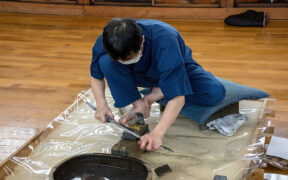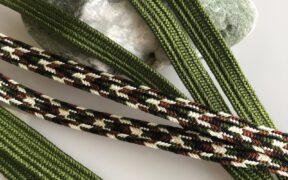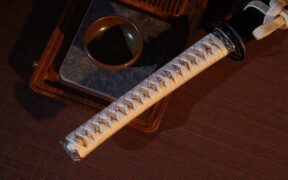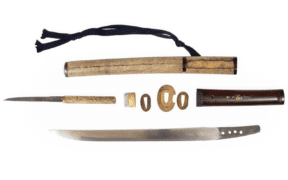Exploring the Shitodome’s Multiple Roles in Japanese Swords
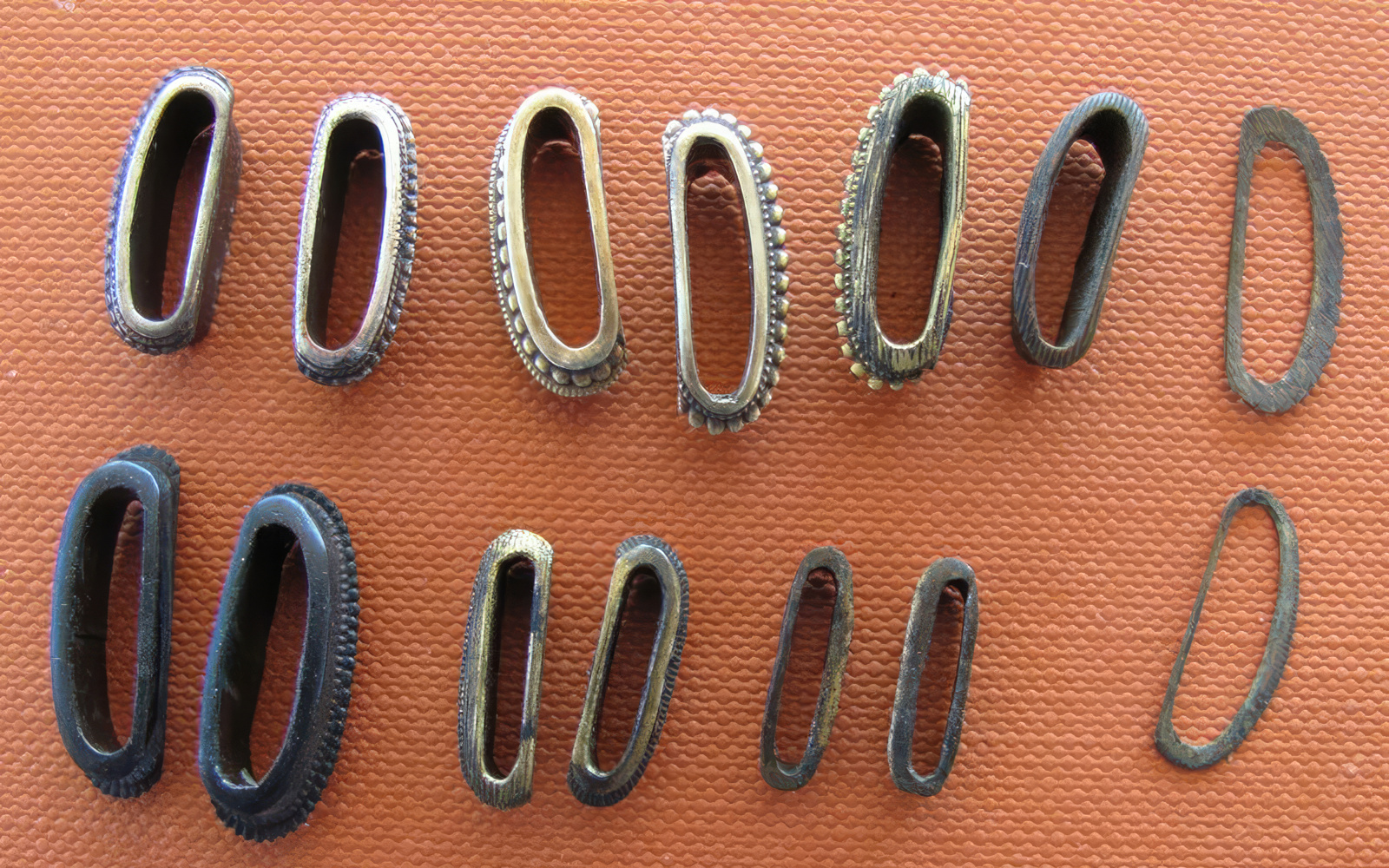
When researching Japanese swords, one would find that the shitodome is rarely covered in depth. Often described as a decorative mounting inside the kurigata – the small knob attached to the scabbard to anchor the carrying cord, this brief article pays homage to the subtle shitodome, often overlooked, misunderstood, but plays a crucial and significant function in the Japanese sword.
What is a Shitodome?
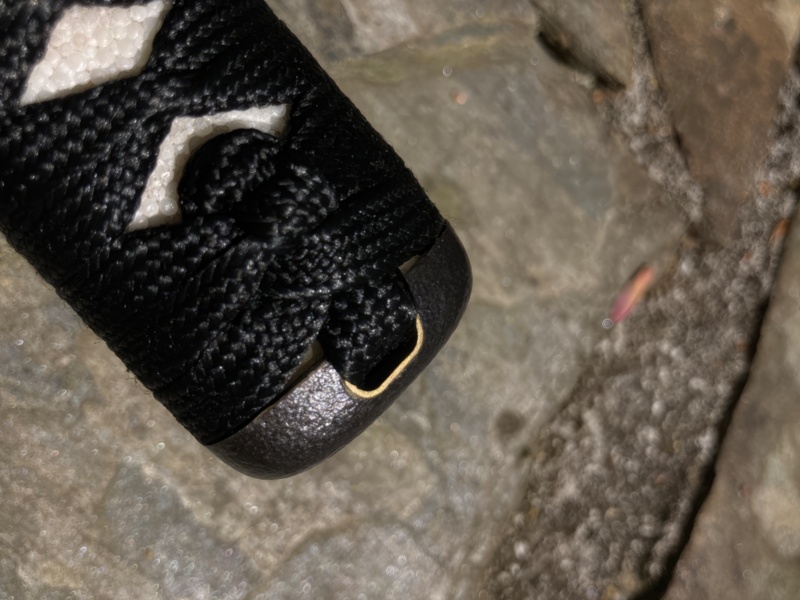
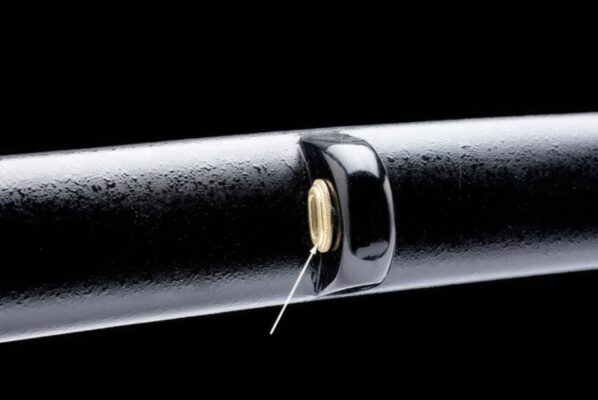
As seen above (image A) and many similar images, the shitodome is often left out. Another koshirae in the complex Japanese sword, it is a small decorative mounting often made from metals such as gold, silver, copper, brass, and more. The shitodome is mounted on the inside of the kurigata and kashira (pommel cap).
Described as eyelets, its name is thought to have been derived from the name of a bird, as its shape is likened to a bird’s eye. Meanwhile, the term “shitodome-ana” describes the openings on the kashira that allows the makikake (handle wrap cross binding on the handle) to pass through.
The Shitodome’s Role and Function
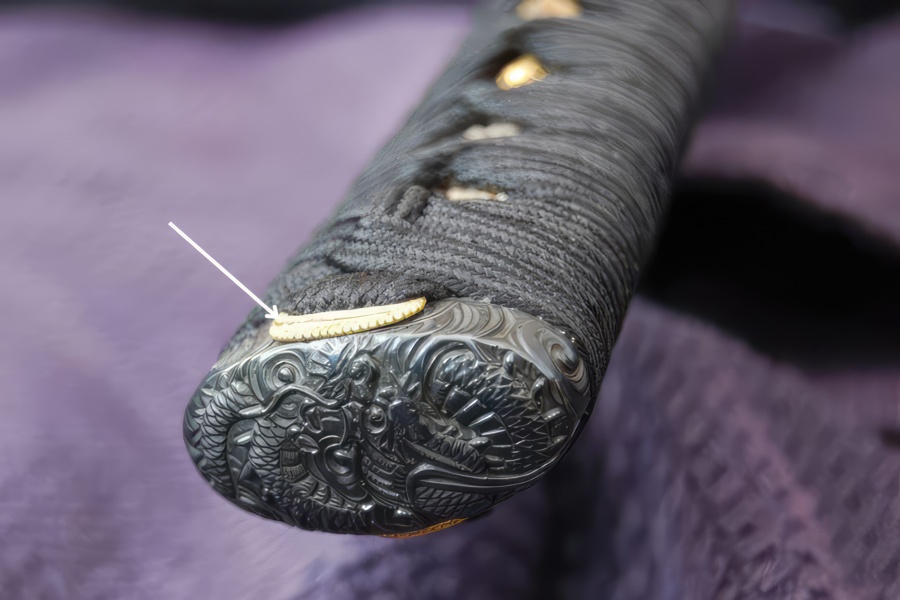
Generally found only in better quality swords, the shitodome is often described to serve a decorative purpose, with its design complementing other sword fittings to create a cohesive appearance. As a part of the kashira and kurigata, it bridges the tsuka and saya, bringing the two main parts together.
Besides reflecting the artistry and attention to detail in Japanese swords, the shitodome also plays a critical role in limiting the friction on the sageo (carrying cord) when it passes through the kurigata, making it a necessary component for swords that will be in use for a longer period of time. Passing through the kashira, it anchors the pommel cap and allows the makikake to be secured.
Design Variations
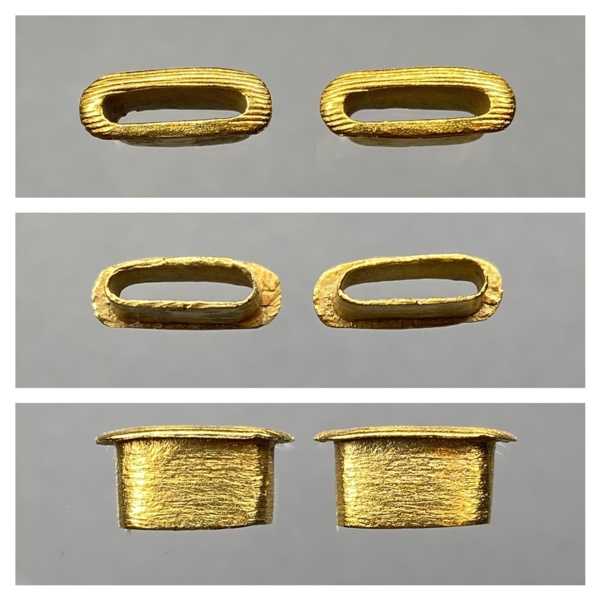
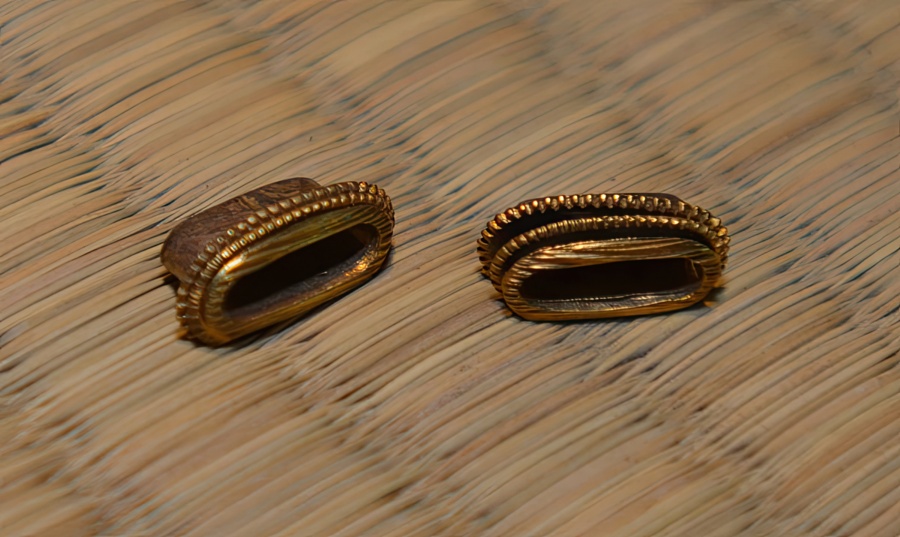
The shitodome varies greatly in design as each swordsmith or owner has their own preference and style. While some are minimalistic, others feature patterns and motifs that are elaborate and intricate. Shitodome designs that are more ornate are generally used for ceremonial swords or display purposes.
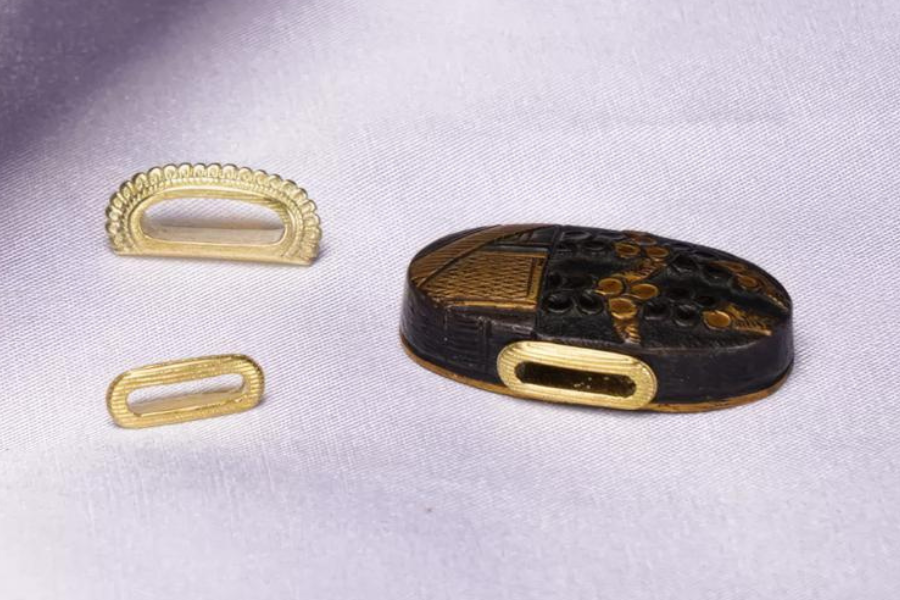
Since those designed for kurikata are larger, they are designated as o-shitodome while the smaller ones on kashira are simply called shitodome.
Crafting the Shitodome
The process of crafting the shitodome requires outstanding skill as its small size requires much patience and precision. Artisans use traditional methods passed down many generations such as inlaying, engraving, and metal carving to create the various patterns.
History of Shitodome
During the Heian Period (794– 1185 CE), the samurai was distinguished as the elite class in Japanese society after displaying their martial prowess. Besides mastering their skill, these warriors also needed to maintain their position and wealth using their financial, cultural, and political acumen. With this comes the demand for high quality swords that also served as status symbols. This led swordsmiths to incorporate decorative elements such as the shitodome and other sword fittings that displayed the samurai’s style and wealth. With time, these koshirae became essential in the aesthetics and function of the Japanese sword.
